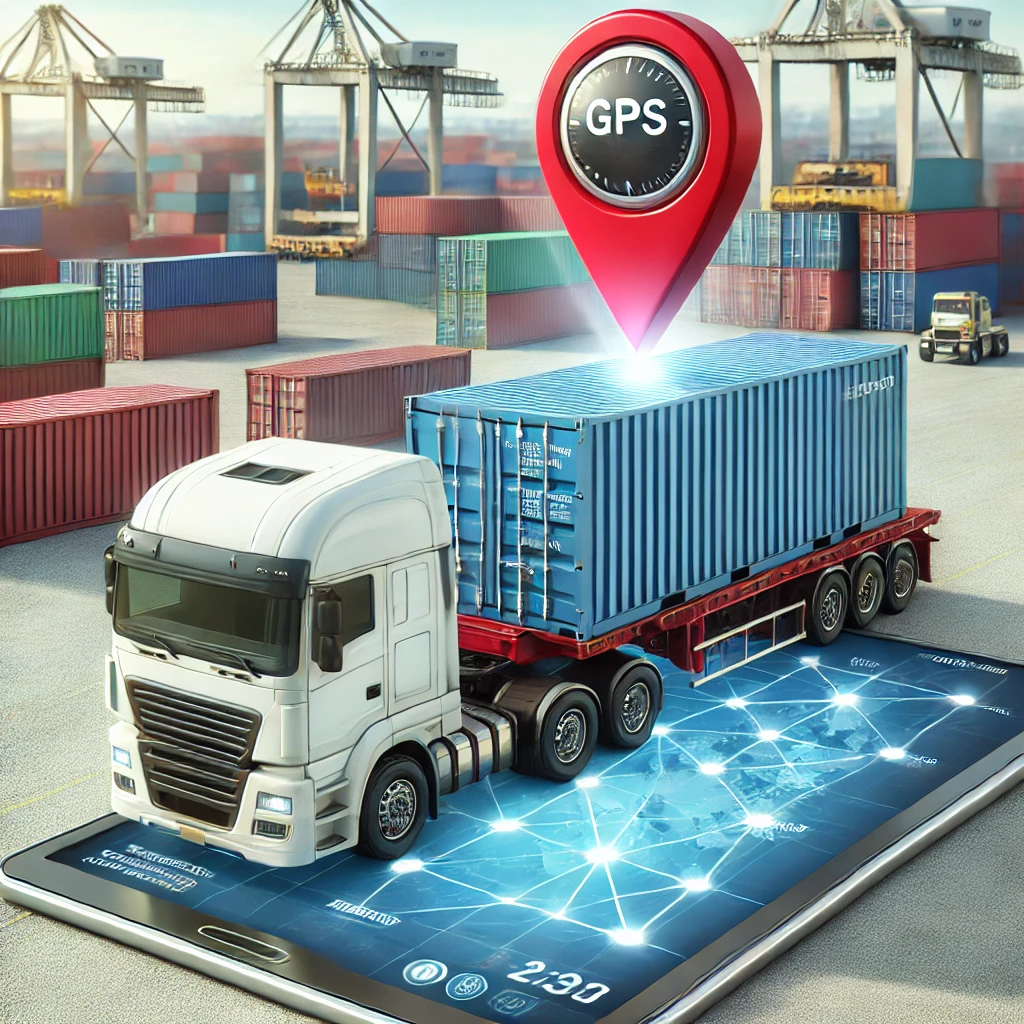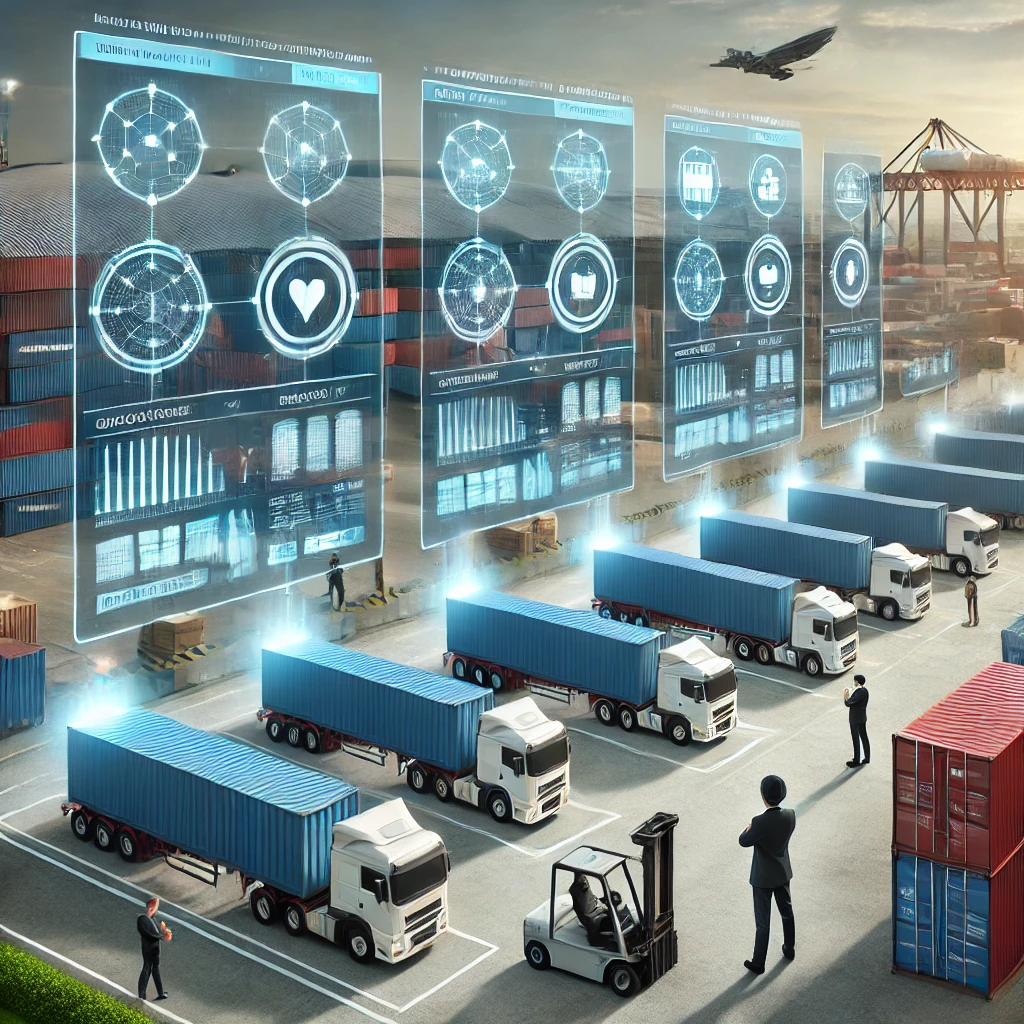Key Insights on Container Track and Trace
What is Container Track and Trace?
Container Track and Trace refers to the process of monitoring and tracking shipping containers as they move through various stages of transportation, from departure to arrival. Using advanced technology, such as GPS, RFID, and barcode scanning, businesses can track the precise location and status of their containers in real-time. This ensures greater visibility, more efficient operations, and a better understanding of the shipping process.
With Track and Trace systems, logistics companies, importers, exporters, and customers can know the current status of a container at any point along the supply chain. This helps in improving the overall logistics workflow and minimizing the chances of delays or mishandling of goods.

Key Features of Container Track and Trace
- Real-time Monitoring: Track the precise location of containers at every stage of the journey.
- Container Status Updates: Receive real-time updates on the condition, location, and estimated arrival of containers.
- Seamless Integration: Track and trace systems integrate with various shipping carriers, port systems, and logistics management platforms.
- Risk Management: Proactively identify delays, potential disruptions, and security concerns before they become issues.
How Container Track and Trace Works
Container track and trace technology uses a combination of physical and digital tools to track shipments in real-time:
- RFID Technology: Radio Frequency Identification (RFID) tags are placed on containers, allowing them to be tracked automatically when they pass through checkpoints such as ports, customs, or warehouses.
- GPS Tracking: GPS devices in shipping containers allow logistics companies to monitor the container’s exact location at any time, providing accurate arrival time estimates.
- Barcodes and Scanners: Barcodes are scanned at various points along the supply chain, capturing data that is sent to centralized tracking systems for real-time updates.
- Cloud-based Platforms: Data from the physical tracking devices is uploaded to cloud-based platforms, making it accessible to the parties involved in the shipment, including importers, exporters, and logistics providers.
Practical Uses of Container Track and Trace
- Enhanced Visibility: Real-time tracking allows businesses to know exactly where their containers are at any given time. This reduces uncertainty and helps improve the overall efficiency of the supply chain.
- Customer Transparency: Clients can be provided with accurate updates regarding their shipments, improving customer satisfaction.
- Operational Efficiency: Logistics teams can better manage shipping schedules, optimize routes, and allocate resources based on real-time data.
- Proactive Issue Resolution: Track and trace systems can alert businesses to potential issues such as delays, route changes, or even container damage. This enables quicker responses to mitigate disruptions and keep operations running smoothly.
- Early Warning System: Automated alerts notify logistics teams of any unexpected delays or route diversions, allowing them to adjust the shipping plans accordingly.
- Security: Real-time tracking ensures the safety of valuable or high-risk shipments by providing constant monitoring.
- Customs and Compliance Management: Track and trace systems are integrated with customs and regulatory platforms to ensure compliance with international shipping rules and regulations.
- Automated Paperwork: Track and trace systems help generate and maintain the necessary documentation for customs clearance, reducing administrative overhead and the risk of errors.
- Cost Savings: By improving the visibility of shipments and reducing delays, businesses can cut down on operational costs, such as storage fees or expedited shipping costs.
- Optimized Routes: Tracking systems can help logistics teams identify the most efficient routes, reducing fuel costs and improving shipping times.

The Benefits of Container Track and Trace for Businesses
1. Improved Supply Chain Transparency
Transparency is key in modern supply chain management, and track and trace technology offers the visibility needed to ensure that all parties are informed of the status of their shipments. This transparency fosters trust between businesses and their customers, suppliers, and stakeholders.
- Accurate ETAs: Shipping schedules are improved with accurate arrival time predictions, allowing businesses to plan more effectively.
- Fewer Surprises: The ability to monitor containers at every step of the journey reduces the chance of unexpected delays or complications, keeping customers informed throughout the process.
2. Better Customer Experience
For businesses engaged in international shipping, customer satisfaction is crucial. Container track and trace systems provide customers with accurate and real-time updates on their shipments, reducing anxiety and increasing trust.
- Live Tracking for Clients: Businesses can offer clients a live tracking feature, where they can check the status of their cargo in real-time, improving their overall experience.
- Faster Response Times: With real-time data, businesses can respond faster to customer queries or concerns, providing quicker solutions to issues like delays.
3. Risk Management and Security
Tracking containers in real-time allows businesses to monitor the security of their shipments. In case of delays, theft, or damage, businesses are alerted early, allowing them to mitigate the risks before they escalate into serious issues.
- Proactive Security Measures: Businesses can track the movement of their containers to avoid potential security threats, especially when crossing regions with higher risks.
- Damage Control: In the case of damaged containers, track and trace technology enables businesses to quickly identify the problem and address it, reducing the risk of financial losses.
4. Integration with Supply Chain Management Software
Container tracking systems can be seamlessly integrated with other supply chain management tools, offering businesses an end-to-end solution for tracking, monitoring, and managing their shipments.
- Data Centralization: All container-related data, including tracking, delivery, and customs information, is centralized on one platform, making it easier to manage and analyze.
- Automation of Workflow: Integration helps automate the tracking process, reducing manual input and human errors, thus increasing the overall efficiency of the shipping operation.
Conclusion
Container Track and Trace technology plays a crucial role in modern logistics, offering businesses the ability to monitor shipments in real-time, improve supply chain transparency, reduce delays, and ensure the security of their cargo. By embracing these technologies, logistics companies, importers, and exporters can enhance operational efficiency, provide better customer experiences, and ultimately drive cost savings.
Whether you’re managing a large-scale global operation or handling smaller shipments, container track and trace systems offer the tools and insights needed to stay ahead of the competition and deliver on time, every time.
